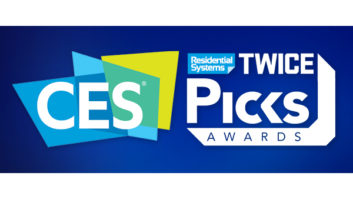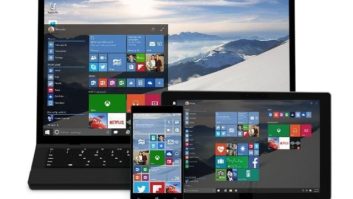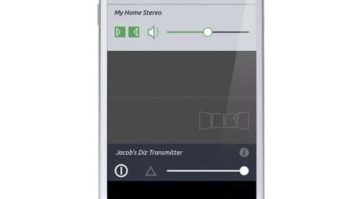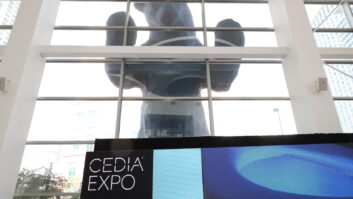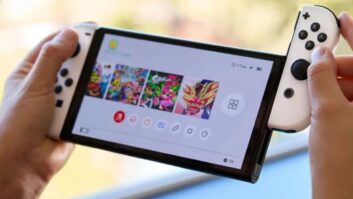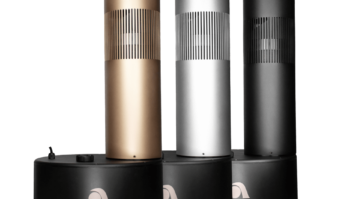SAN FRANCISCO — Microsoft sketched a bold roadmap for its upcoming Windows 10 launch and laid out a welcome mat to developers at its Build conference here last week.
CEO Satya Nadella shared a vision of a coherent computing platform that eschews the fragmented approach of different OS versions for different devices, looking to attract converts from Microsoft’s chief rivals, Apple and Google.
Here are the top 10 takeaways from Build:
1For Starters
The traditional Windows Start menu, excised from Windows 8 in a move that subsequently peeved most users, is back in its rightful place on the bottom left-hand corner of the computer screen. The new interface blends the traditional look of Windows 7 with the tile-centric look of Windows 8. Appearances, apparently, do matter to Windows users.
2 Windows 10 is not an OS, but a “platform.”
If your tech nerd friends needed a new drinking game, quaffing every time a Microsoft exec uttered the word “platform” would have had them under the table over the course of the nearly three-hour keynote. In Nadella’s words, Windows 10 represents “a new generation of Windows … built for this era of more personal computing.” And that tack is taken in the platform concept, in which one operating system will run the same apps across phones, tablets, PCs and even Xboxes and TVs. The concept flies in the face of the approaches of both Apple (with iOS for mobile devices, OS X for Macs and now Watch OS) and Google (with Chrome, Android and Android Wear). In addition, developers can reuse existing web tools, including the code they developed for Android and iOS devices. This single binary concept got a warm response from the developer crowd.
3 The App Gap
The single binary platform concept, dubbed universal Windows apps, will allow developers to easily port over apps originally written for iOS and Android. This solves the “chicken and egg” problem in which developers were reluctant to develop apps for Windows phones because of their relatively small market share. It should almost immediately help Microsoft boost the use of Windows smartphone apps, which have lagged significantly behind Apple and Google. The concept of running apps on a desktop PC also has some appeal to users (think Candy Crush while on a conference call).
4 Microsoft’s new Edge
The company lost a lot of ground with its recently killed-off Internet Explorer browser and hopes to recoup some market share with its new browser, Microsoft Edge. While short on details, Microsoft demoed the integration of its Cortana voice-search engine and built-in note taking and spent significant time showing how the browser adapts itself seamlessly from PC to tablet to phone display. The integration of Cortana across all devices is a significant differentiator for Microsoft and its functionality with third-party apps is a game-changer. (VP Joe Belfiore demoed this by telling Cortana to “Tell Terry Myerson I’m running late using [messaging app] Viber.” )
5 The Holodeck is one step closer
The most impressive demos of the day involved HoloLens, Microsoft’s augmented-reality platform, which the company called holographic computing. HoloLens allows for immersive 3D computing, and Windows 10 developers can integrate holographic effects into the same universal Windows apps that run on other Windows 10 devices. An example was an app developed with the Cleveland Clinic and Case Western Reserve university that allows medical students to dissect a 3D human body virtually. Other HoloLens partners Microsoft announced include Disney, NASA and AutoDesk. Microsoft said it would provide “hundreds” of HoloLens headsets to developers to experiment with. Wisely, Microsoft is targeting Holo- Lens to professional applications, such as architecture and healthcare, contrary to the consumer approach Google took with its Glass.
6 Is that a PC in your pocket?
A key feature still being developed for Windows 10, availability unknown, is called Continuum, which will allow a user to substitute a phone for a full-blown Windows 10 PC. VP Joe Belfiore plugged his Windows 10 phone into a monitor and placed a Bluetooth keyboard down and proceeded to edit a PowerPoint presentation and check his emails. The GUI display was exactly that of a PC, not a mobile OS version.
7 9 Zeroes
Terry Myerson, Microsoft’s executive VP of OS, declared a goal of having Windows 10 running on 1 billion devices in three years, an almost insanely ambitious goal. But Myerson pointed out that there are already more than a billion existing devices that can run Windows 10; the company thinks the appeal of universal Windows apps can win those device owners over, and some version of Windows is already currently being used by 1.5 billion people.
8 Office space
Microsoft’s howitzer is its Office suite, used ubiquitously by professionals. Windows 10 will integrate apps directly into Office, so, for instance, a user can order an Uber car directly from his Outlook calendar and the route details can be automatically pulled from an email.
9 Details, details …
… were lacking, frankly. Since this was an event for developers and not consumers, Microsoft execs spent very little time on specific feature reveals of the new OS, including availability, which is still rumored for this summer.
10 Not out of the woods yet
Microsoft has stumbled in recent years — its Surface tablet line, while impressively designed, has failed to capture a significant portion of the enterprise crowd it targeted — and then there was that little $6 billion mistake of a Nokia device acquisition. But Nadella’s vision of seamless universal computing, and the way it manages to piggyback on the success of rivals Google and Apple, is the kind of big thinking that would make Bill Gates proud. Perhaps brighter days are ahead for the company, but only if Nadella’s vision is executed effectively.




